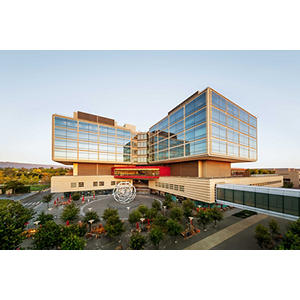
Kristen Telischak, MD
Clinical Assistant Professor
Pediatric Anesthesia
Stanford Hospital
Anesthesia Department
300 Pasteur Drive, Rm H3580
Stanford, CA 94305
Teléfono:
(650) 723-4000
Localización

Stanford Hospital
Anesthesia Department
300 Pasteur Drive, Rm H3580
Stanford, CA 94305
Mapas, direcciones y estacionamiento
Teléfono : (650) 723-4000
Trabajo y educación
Educación
Dartmouth Medical School, Hanover, NH, 2009
Últimos años de residencia
Beth Israel Deaconess Medical Center Harvard Medical School, Boston, MA, 2013
Primeros años de residencia
University of California San Francisco, San Francisco, CA, 2010
Certificado(s) de especialidad
Anesthesia, American Board of Anesthesiology, 2014
Idiomas
English
French
Spanish
Conéctese con nosotros:
Descarga nuestra App: